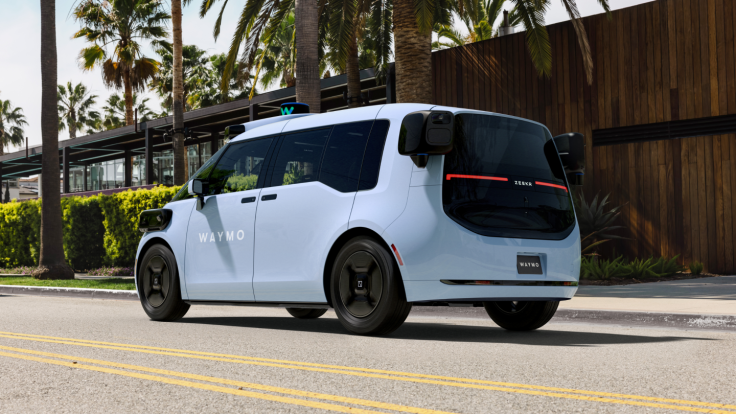Alphabet's Waymo has now unveiled its sixth-generation robotaxi, which also features its next-gen Driver system that the company revealed to have fewer sensors compared to the fifth generation version. However, the self-driving company claimed that this does not compromise the safety features available on the vehicle, promising improvements and upgrades for the user.
One of the most important features of the new robotaxi is its capability to safely continue its services even in harsher conditions, particularly with weather.
Waymo Unveils 6th Generation Robotaxi with Fewer Sensors

The latest update from Waymo unveiled its sixth generation robotaxi, which introduces a more advanced self-driving system despite having fewer sensors compared to its predecessor. This next-gen robotaxi is equipped with only 13 cameras, 6 radars, 4 lidar, and external audio receivers (EARs) to deliver its self-driving service.
According to Waymo, the EARs are its latest sensor that features in its sixth-gen robotaxi. Waymo promises that it will be as safe as ever. The company has assured that this remains true even during harsh conditions, such as "extreme" weather like fog, hail, heat, and rain.
Waymo claimed that it has already tested its sixth-gen fleet in closed conditions as well as during its limited public appearances.
Waymo's 6th Gen Uses Geely's Zeekr for Accessibility
The Jaguar I-PACE may have been used for the iconic Waymo One EV, but the sixth generation is now built using Geely's Zeekr minivan as its base, promising a more accessible vehicle for passengers.
The company has also revealed that its Waymo Driver has a "surround view" which, alongside an enhanced camera radar, better lidars, and more advancements, can help it navigate cities and account for road conditions.
Robotaxis and Waymo's Massive Operations
Waymo remains among the up-and-coming companies with significant robotaxi operations in the United States, having multiple cities where its autonomous ride-hailing service is available for users. Most recently, Alphabet's self-driving subsidiary fully launched in San Francisco, allowing the company to full over its services to the entire city.
It is important to note that Waymo's self-driving operations started with a hybrid car, transforming the Chrysler Pacifica hybrid minivan into an autonomous system that does not need drivers. The company first transitioned to clean energy cars in 2018 with its Jaguar I-PACE fleet being introduced, and Waymo completed this transition in 2023, replacing the previous Pacifica hybrids.
Clean energy and self-driving have been among the main features of Waymo in various cities, pairing it with the autonomous ride-hailing service offered to users throughout the years.
Despite already establishing its in the presence, Waymo continues to evolve, and does so with its new and improved sixth generation robotaxis, which feature the Geely Zeekr as their base. These robotaxis will soon be made available to the public who wish to experience what it offers.









